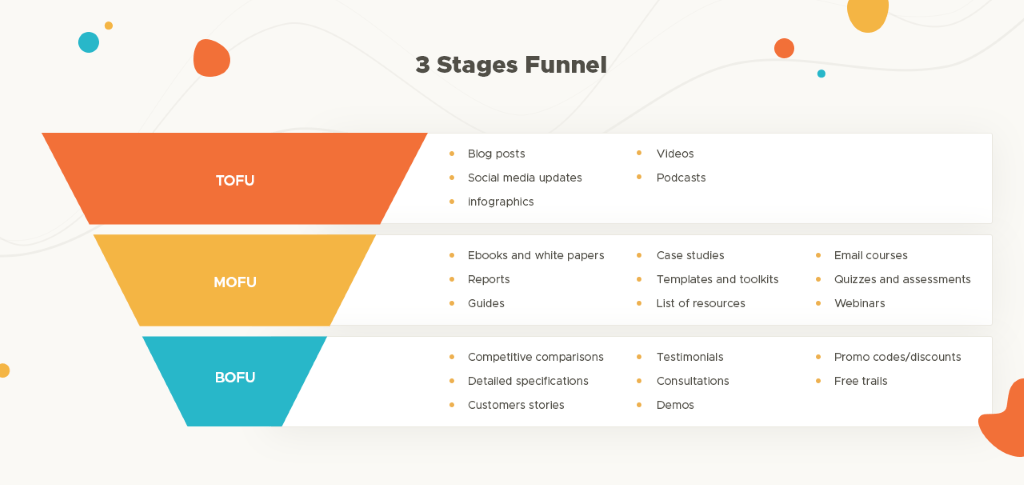
Sales Prediction:
Why predict sales?
The potential benefits of predicting sales figures are as follows:
- Sales figures are predicted through historical sales data available. Thus, if the present strategies were to be continued, the predicted sales figures would work as a benchmark that can be achieved. Steps can be taken accordingly to increase these numbers.
- Even if expansion is not a current goal, predicted sales figures help with demand and inventory planning, thus optimising time and resources.
- Sales prediction figures are important for marketing budget planning.
How do we do it?
Machine Learning models are implemented to arrive at a sales estimate using the available data. This is a Time Series Modelling problem and can be solved using Regression and Deep Learning (LSTM) techniques.
Brand Analysis:
Why Brand Analysis?
Businesses can track the sentiments about their brands on social media by quantifying the comments/ reviews posted online about their products. Text analytics and sentiment analytics can quantify the text in user comments and help identify how the product or features of it are perceived online by the customers.
Staying updated about how your product/ service is perceived by your customers, equips you with the valuable information needed to design your agile strategy.

How do we do it?
The project involves a web spider which extracts data from the internet from a number of different sources (social media, blogs, news feeds etc). The analysis is then carried out in a text mining tool to process the data for sentiment related content and output the results to an interactive dashboard for visualization.

Market Basket Analysis:
Why is it a big deal, anyway?
Market Basket analysis provides valuable insights on what products are often bought together. Although this seems like a straightforward question, the answer is not intuitively simple at all. For instance, Walmart famously discovered that their customers who bought Beer are also extremely likely to buy baby Diapers. These products don’t belong to the same category. But if placed together in their retail outlets (or recommended to an online customer together) invariably increase the odds of a sale, without any marketing spend. Voila!
How do we do it?
Clustering Machine Learning algorithms can club together similar products using customer behaviour and purchasing patterns. Patterns that are not intuitively understandable are revealed by this technique, thus saving marketing dollars.
Customer Segmentation:
Why bother?
Grouping its customers into logically formed segments helps businesses in understanding their nature and needs. This in turn, is crucial for customer retention, targeted marketing, designing customized offers to specific customers etc.
Customer are usually segmented based on Recency, Monitory value, Frequency of purchase, Churn rate probability (useful for designing customer retention strategies)
The general strategy to be implemented on these clusters is:
- High Value customers: Focus on Retention
- Mid Value customers: Improve Retention & increase purchase frequency
- Low Value customers: Increase purchase frequency

How do we do it?
Clusters can be formed within the customer database based on the above-mentioned criteria. This segmentation helps put things in perspective, be it for a targeted marketing campaign plan, revenue estimation, implementing promotional offers to name a few.

Churn Prediction:
How is this going to help?
Churn prediction answers the questions: ‘How many of my customers are likely to leave my business in the next X days/ months and who are they?’
Churn prediction is a powerful tool in order to increase customer retention. Resources and strategies designed for customer retention are best spent on the customers who are most likely to leave.
Marketing strategies, focussing on these customers can greatly increase the ROI on customer retention measures.
Including churn prediction data can also improve revenue forecast and budgeting accuracy.
How do we do it?
This is achieved using a binary classifier model that trains with the existing data to find behavioural patterns within customers who have churned. The model then is capable of spotting these patterns in real-time data to identify customers who are likely to leave our services.
Lead scoring & Lead Nurturing:
Lead scoring process: Data on existing lead sources (eg: amazon product page, own website, blog posts etc) and the actual conversion rate through each source is required for this procedure. Based on the conversion rate through each lead source, the sources are clustered, forming a conversion funnel.
Lead Nurturing: Based on this funnel, any lead can be categorised based on its position in the funnel. For instance, a lead that has come through one of the sources in BOFU (bottom of the funnel) is very likely to buy our product, compare to a lead in MOFU (middle of the funnel). A MOFU lead is likely to become a customer, if made to visit one of the BOFU lead generation source (like promo code/ customer stories). This knowledge helps with efficient marketing spends and better conversion rates.



